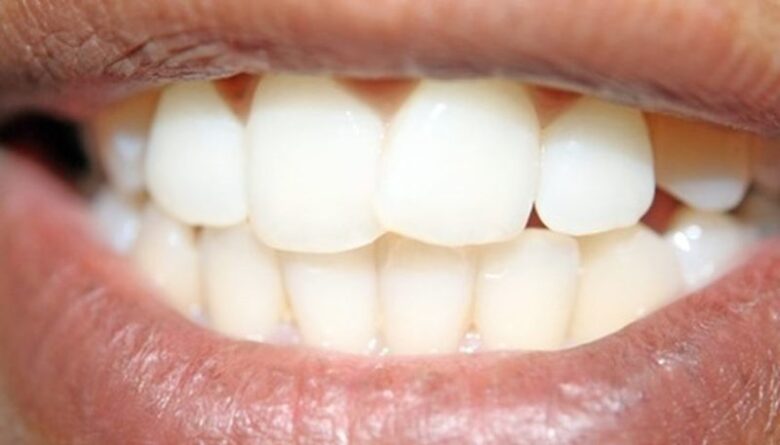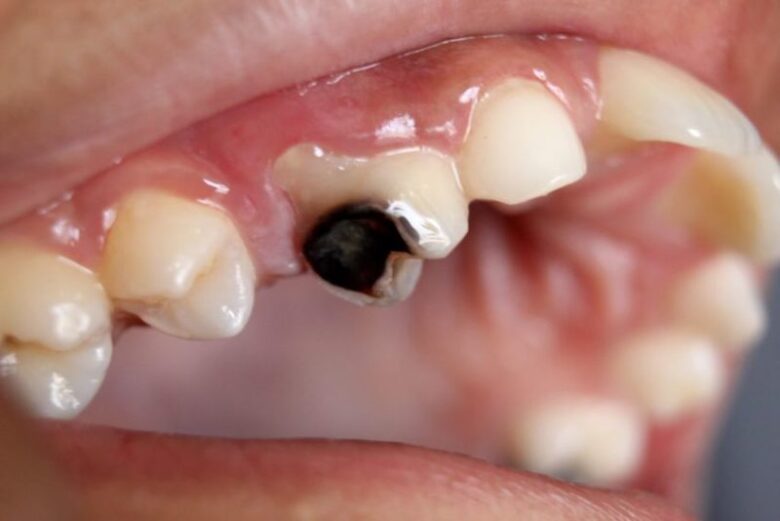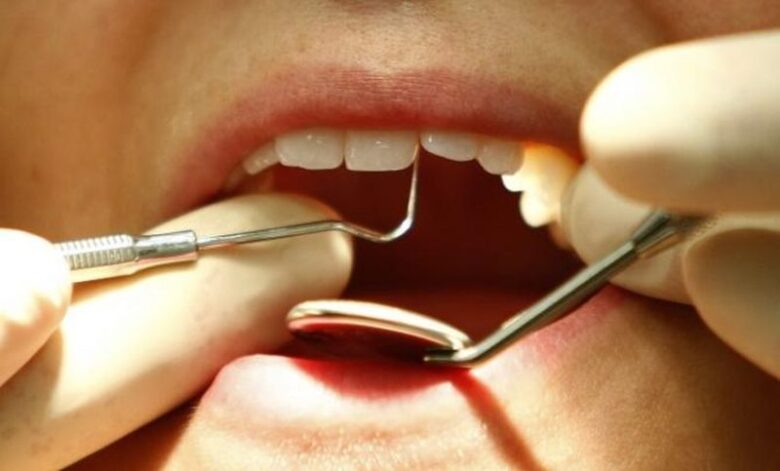Fixing cavity is a conundrum for both you and the dentists. In order to save the tooth, a dentist has to excavate a part of the tooth in order to fill the cavity with a certain material whether it’s metal, plastic, or glass cement. Our teeth get injured quite often. Many have lost one or multiple teeth and they had to replace them.
Losing a tooth isn’t easy and we often wish we could have them back. What if we can? What if I tell you that dentists have come up with a way to make our teeth regrow themselves? Not only would our teeth be able to repair themselves, but we would be able to get a whole new tooth back thanks to the stem cells found in teeth.

Current methods that include dental implants fail to reproduce the natural root structure and with time, some might start to experience the loss of the jawbone around the implant.
If you’re interested to learn more about the good and bad sides of current methods of repairing dental damage, visit Dentysta Gliwice.
What causes cavities?

We have numerous microbes in our mouth which coat the surface of our teeth and feed on whatever has left on our teeth after a meal. The by-product that these organisms produce when breaking down food is a certain kind of acid. The high acidity in our mouth degrades enamel which is the tooth’s outer layer.
While teeth usually do manage to repair themselves, if we forget to brush our teeth for a longer period of time, the acidity will eat through the enamel and can even damage the dentin. Once the damage gets to serious, our teeth lose the ability to regenerate and we’re left with a cavity.
If we could be able to stimulate a certain signaling pathway, that is essential for tissue repair, and encourage the activity of stem cells, maybe we would be able to make our teeth regenerate themselves more efficiently.
How does tooth cloning work?
The process of producing bioengineered teeth, or bioteeth, is mainly based on growing immature teeth that mimic those in the embryo. They would be transplanted as small cell pellets into the jaw and with time they would develop into fully functional adult teeth.
Firstly, certain tissue engineering scaffolds would be placed which would provide the necessary mechanical support to the growing tissue. They would also be able to manage the tissue’s shape and size. These scaffolds would be made out of the same polymer material as surgical sutures. After the cells are properly fixed on the scaffolds, dentists would add growth factors in order to stimulate the growth of the cells and tell them what kind of tissue they need to become.
This has been done before in the lab and on animals. Even though no one has shown how animals behave with the entire set of teeth replaced, it’s possible we’re about to see that as well.

Numerous dental offices are now in the process of collecting dental stem cells and we’re hoping that we will soon be able to replace the dead tooth tissue or the entire tooth using only our stem cells.


